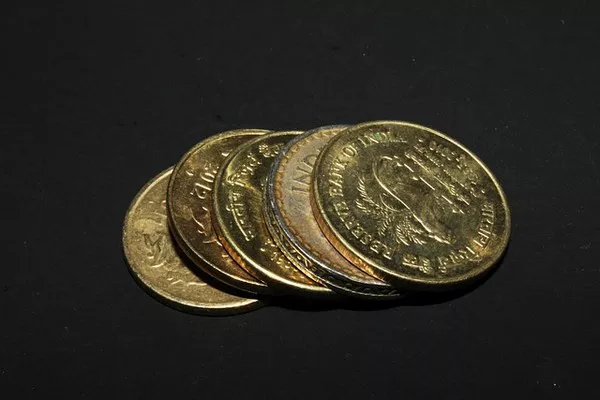In the realm of Indian currency, the 10 Rupee coin stands as a small yet significant denomination. Over the years, the Reserve Bank of India (RBI) has introduced various types of 10 Rupee coins, each with its unique design and features. This article aims to delve into the diverse world of 10 Rupee coins in India, shedding light on the evolution, significance, and variations that have marked their existence.
Evolution of 10 Rupee Coins:
The journey of the 10 Rupee coin in India began with its first issuance in 2005. Since then, the RBI has periodically released new designs, incorporating elements that showcase the cultural, historical, and technological aspects of the nation. Understanding the evolution of these coins provides valuable insights into the changing landscape of Indian currency.
The Inaugural Design (2005-2008):
The first series of 10 Rupee coins featured the familiar rhombus shape and included the national emblem on one side, with the denomination and year of minting on the reverse. This design set the foundation for subsequent variations, establishing a visual identity for the 10 Rupee coin.
Commemorative Designs (2009 Onwards):
As part of its efforts to celebrate and commemorate significant events, the RBI introduced special edition 10 Rupee coins. These coins often featured iconic symbols, historical figures, or milestones in India’s journey. Notable examples include coins dedicated to Mahatma Gandhi’s 150th birth anniversary and the centenary of Mahatma Gandhi’s return to India from South Africa.
State-specific Issues:
To celebrate the diversity of India, the RBI introduced state-specific 10 Rupee coins, each adorned with symbols and imagery representative of a particular state. These coins not only serve as legal tender but also as a medium to promote regional heritage and culture.
Security Features and Technological Advancements:
With advancements in technology, the RBI has continually incorporated enhanced security features in 10 Rupee coins to combat counterfeiting. These features include micro-lettering, latent images, and intricate patterns that make the coins more resilient to duplication.
Significance of 10 Rupee Coins:
The 10 Rupee coin holds immense significance in the Indian economic landscape. As a denomination frequently used in day-to-day transactions, these coins play a crucial role in facilitating small-scale commerce. Additionally, the commemorative and state-specific issues serve as a means to educate the public about historical events and cultural diversity.
Types of 10 Rupee Coins:
Standard Circulation Coins:
The standard circulation 10 Rupee coins are the most common and widely used. These coins, featuring the rhombus shape, the national emblem, and the denomination, are typically minted in large quantities to meet the demand for everyday transactions.
Commemorative 10 Rupee Coins:
Commemorative coins are issued to mark specific occasions or milestones. These coins often have unique designs, incorporating themes related to the event being commemorated. While these coins hold the same face value as regular 10 Rupee coins, their limited mintage and special designs make them sought after by collectors.
State-specific 10 Rupee Coins:
State-specific coins showcase the rich cultural heritage of individual states in India. These coins feature symbols, landmarks, and historical figures associated with a particular state, fostering a sense of pride and identity among the residents.
Security-enhanced 10 Rupee Coins:
In response to the growing threat of counterfeiting, the RBI has introduced 10 Rupee coins with enhanced security features. These features, such as micro-lettering, intricate patterns, and latent images, make it more difficult for counterfeiters to replicate the coins accurately.
Collectibility and Numismatic Value:
While the primary purpose of 10 Rupee coins is to facilitate transactions, some coins hold significant collectible and numismatic value. Collectors often seek out commemorative and state-specific coins, considering them as valuable additions to their collections. The rarity, historical significance, and unique designs contribute to the numismatic appeal of these coins.
See Also: 5 Countries Where the Indian Rupee is Stronger
Conclusion:
The 10 Rupee coin in India is not just a piece of currency but a reflection of the nation’s rich history, cultural diversity, and technological progress. From its humble beginnings in 2005 to the present day, the coin has undergone various transformations, encompassing standard circulation issues, commemorative editions, state-specific releases, and security-enhanced versions. As we continue to witness the evolution of currency, the 10 Rupee coin stands as a testament to India’s economic resilience and commitment to preserving its cultural heritage.


